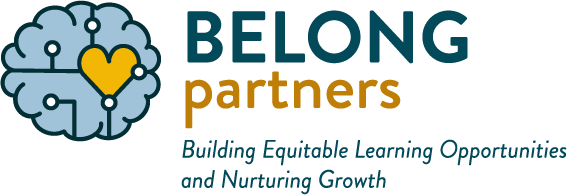Contributed by Melanie Miller, M.Ed.
As you may have heard, children’s book author, Maurice Sendak recently died. Mr. Sendak is greatly known for his children’s book Where the Wild Things Are, and here in the Seattle area, for designing the sets and costumes for our beloved Pacific Northwest Ballet’s Nutcracker.
Where the Wild Things Are was a much loved book in our household, requested often, and timeless through the years. My thirteen year old daughter and I were talking about the book and she wondered how it could be so popular, how so many kids could like it and are not frightened by it. I have wondered the same thing. In fact, when my husband brought it home with great enthusiasm to read to our toddler children, I was certain it would scare them and keep us all up with nightmares! Fortunately, I didn’t squelch the enthusiasm as I am now learning what a gift this book was to my children and so many others.

When Mr. Sendak accepted his Caldecott Medal in 1964 for Where the Wild Things Are, he said, “It is through fantasy that children achieve catharsis. It is the best means they have for taming wild things.” (Seattle Times, May 10, 2012, p. A16) Catharsis is an “emotional cleansing,” a release of our feelings, a letting go. Our children are born into an adult world where many experiences are new, confusing and often scary. They are working hard at taming the wild things.
As a child growing up during the terrors of the depression, World War II and many of his European relatives dying in the holocaust, Mr. Sendak knew that monsters could be real. He helped “little minds make sense of frightening things in the larger world around them.” (Seattle Times)
As parents, we too can help our children make sense of the frightening things in the larger world around us.
• Listen. When our children share a fear that we think silly, inconceivable, unimportant….just listen and validate their feelings. Validate the realness of the fear. You won’t increase the fear; you’ll help your child move through it and past it. Listen so that your child will come to you again to share what’s on his or her mind.
• Allow children to tell their story. After experiencing something traumatic one of the most healing things our children can do is tell their story. Over and over and over again. Let them tell it until they don’t need to tell it anymore.
• Go to the library or a bookstore and get Where the Wild Things Are. Read as often as your children request it. And after reading it, be sure to have some fun “roaring your terrible roars” and “gnashing your terrible teeth”. It will teach children that they can have their fears and visit those scary places but with the love and guidance of a caring adult, they can return to life, move forward and laugh and connect with those they love.
Sound Discipline is a 501(c)(3) non-profit. Your donations make a big difference and help us produce newsletters like this. You can donate at our website www.SoundDiscipline.org
Photocredit: flyingpuppy
